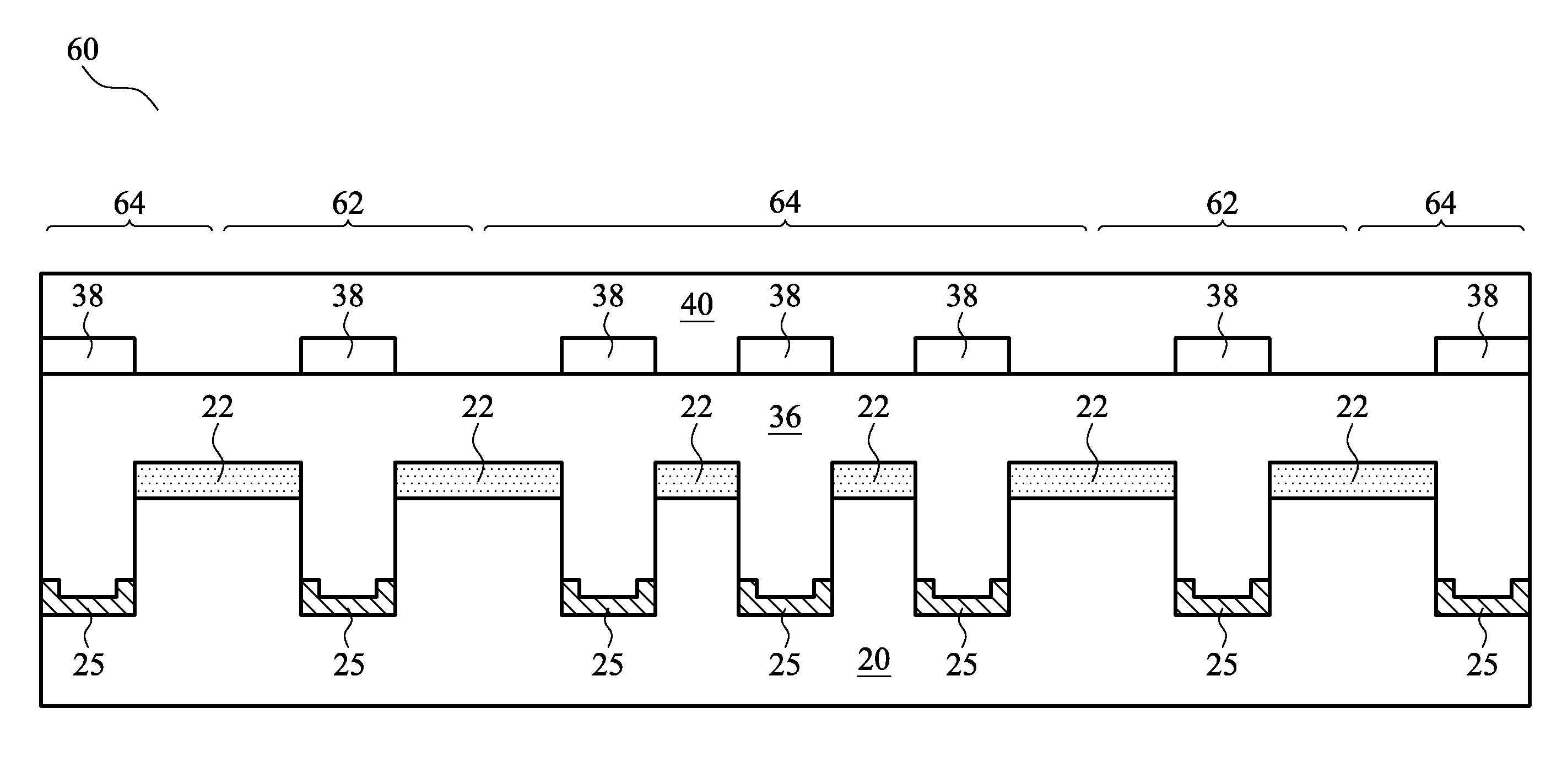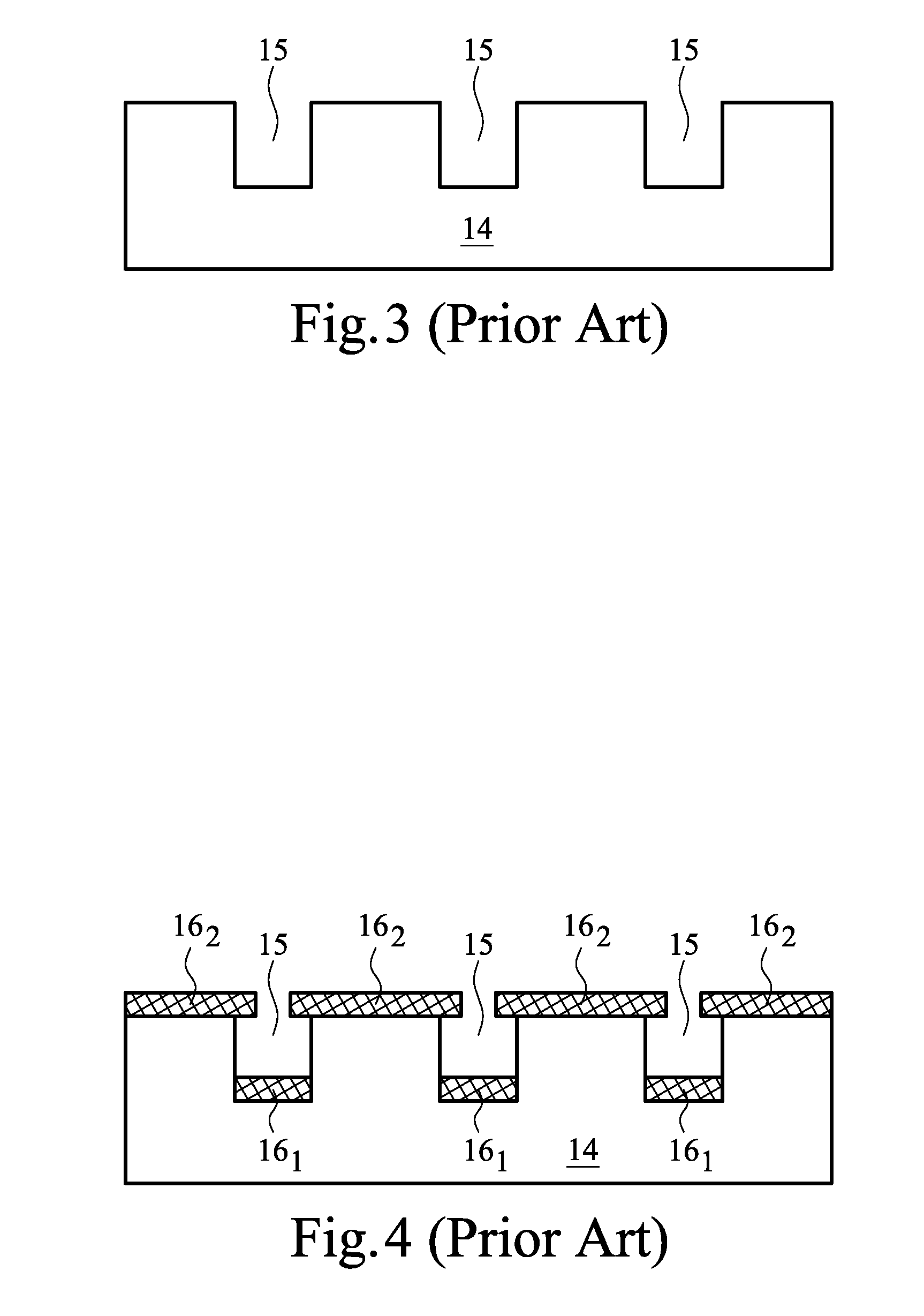III-V Compound Semiconductor Epitaxy From a Non-III-V Substrate
- Summary
- Abstract
- Description
- Claims
- Application Information
AI Technical Summary
Benefits of technology
Problems solved by technology
Method used
Image
Examples
Embodiment Construction
[0017]The making and using of the presently preferred embodiments are discussed in detail below. It should be appreciated, however, that the present invention provides many applicable inventive concepts that can be embodied in a wide variety of specific contexts. The specific embodiments discussed are merely illustrative of specific ways to make and use the invention and do not limit the scope of the invention.
[0018]Novel methods for forming group-III group-V (referred to as III-V hereinafter) compound semiconductor films on dissimilar substrates are provided. Throughout the description, the term “III-V compound semiconductor” refers to compound semiconductor materials comprising at least one group-III element and one group-V element. The term “III-N compound semiconductor” refers to a III-V compound semiconductor in which at least one of the group-V elements is nitrogen. The required stages of manufacturing an illustrative embodiment of the present invention are illustrated. Those ...
PUM
 Login to View More
Login to View More Abstract
Description
Claims
Application Information
 Login to View More
Login to View More - R&D
- Intellectual Property
- Life Sciences
- Materials
- Tech Scout
- Unparalleled Data Quality
- Higher Quality Content
- 60% Fewer Hallucinations
Browse by: Latest US Patents, China's latest patents, Technical Efficacy Thesaurus, Application Domain, Technology Topic, Popular Technical Reports.
© 2025 PatSnap. All rights reserved.Legal|Privacy policy|Modern Slavery Act Transparency Statement|Sitemap|About US| Contact US: help@patsnap.com



